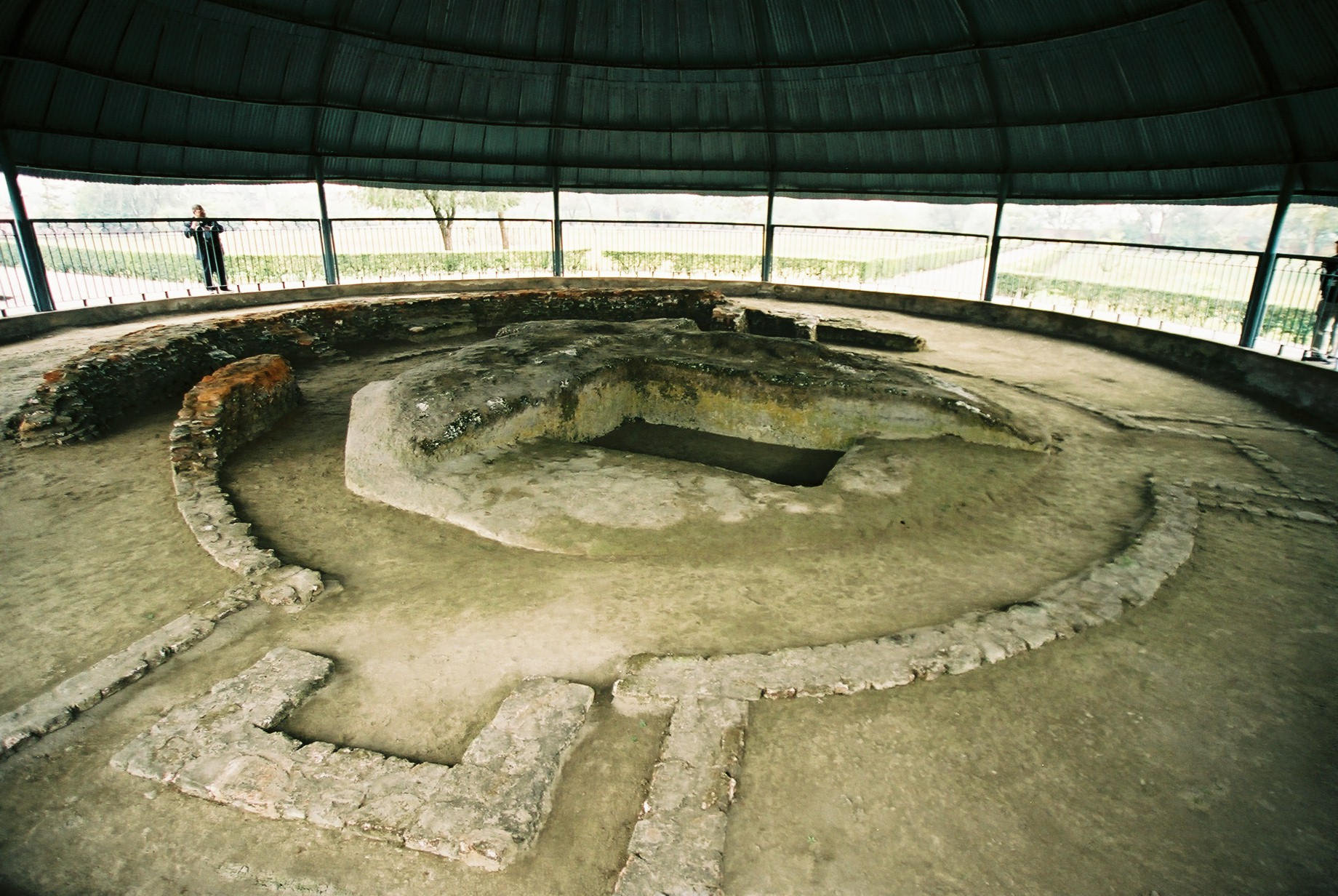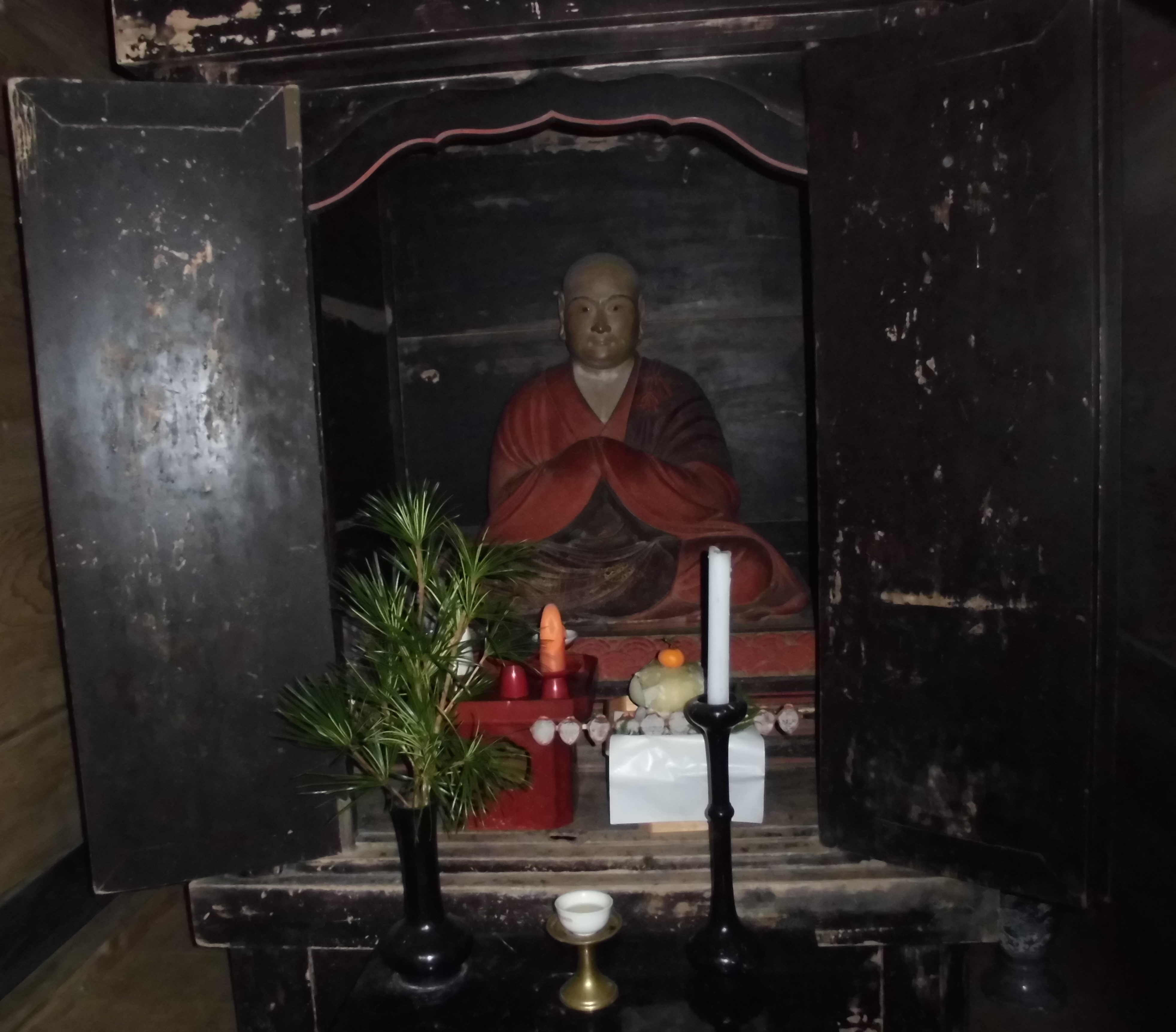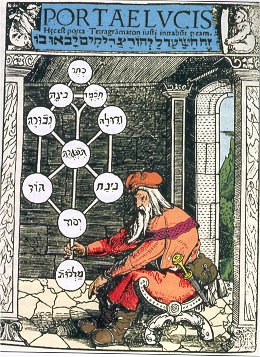|
Gorintō
("five-ringed tower") is a Japanese type of Buddhist pagoda believed to have been first adopted by the Shingon and Tendai sects during the mid Heian period. It is used for memorial or funerary purposesKōjien Japanese Dictionary and is therefore common in Buddhist temples and cemeteries. It is also called ("five-ringed stupa") or , where the term ''sotoba'' is a transliteration of the Sanskrit word stupa. The stupa was originally a structure or other sacred building containing a relic of Buddha or of a saint, then it was gradually stylized in various ways and its shape can change quite a bit according to the era and to the country where it is found.Home Study Course on Basic Buddhism Often offertory strips of wood with five subdivisions and covered with elaborate inscriptions also called ''sotoba'' can be found at tombs in Japanese cemeteries (see photo below). The inscriptions contain sūtra and the posthumous name of the dead person. These can be considered stupa variants. St ... [...More Info...] [...Related Items...] OR: [Wikipedia] [Google] [Baidu] |
Sotoba At Kurosawa-Akira's-grave
Multi-storied pagodas in wood and stone, and a ''gorintō'' Pagodas in Japan are called , sometimes or and historically derive from the Chinese pagoda, itself an interpretation of the Indian ''stupa''. Like the ''stupa'', pagodas were originally used as reliquaries but in many cases they ended up losing this function. Pagodas are quintessentially Buddhist and an important component of Japanese Buddhist temple compounds but, because until the Kami and Buddhas Separation Act of 1868, a Shinto shrine was normally also a Buddhist temple and vice versa, they are not rare at shrines either. The famous Itsukushima Shrine, for example, has one. After the Meiji Restoration the word ''tō'', once used exclusively in a religious context, came to mean also "tower" in the western sense, as for example in . Of the Japanese pagoda's many forms, some are built in wood and are collectively known as , but most are carved out of stone (. Wood pagodas are large buildings with either two stor ... [...More Info...] [...Related Items...] OR: [Wikipedia] [Google] [Baidu] |
Stupa
A stupa ( sa, स्तूप, lit=heap, ) is a mound-like or hemispherical structure containing relics (such as ''śarīra'' – typically the remains of Buddhist monks or nuns) that is used as a place of meditation. In Buddhism, circumambulation or ''pradakhshina'' has been an important ritual and devotional practice since the earliest times, and stupas always have a ''pradakhshina'' path around them. The original South Asian form is a large solid dome above a tholobate or drum with vertical sides, which usually sits on a square base. There is no access to the inside of the structure. In large stupas there may be walkways for circumambulation on top of the base as well as on the ground below it. Large stupas have or had ''vedikā'' railings outside the path around the base, often highly decorated with sculpture, especially at the torana gateways, of which there are usually four. At the top of the dome is a thin vertical element, with one of more horizontal discs spreadin ... [...More Info...] [...Related Items...] OR: [Wikipedia] [Google] [Baidu] |
Godai
Godai are the five elements in Japanese Buddhist thought of earth (''chi''), water (''sui''), fire (''ka''), wind (''fu''), and void (''ku''). The concept is related to Buddhist Mahābhūta and came over China from India. The Japanese Buddhist concept of '' gogyo,'' which stems from Chinese '' wuxing,'' is distinguishable from ''godai'' by the fact that the functional phases of wood and metal within ''gogyo'' are replaced by the formative elements of void and the wind (air) in ''godai''. ''Godai'' is attributed to esoteric Japanese Buddhism during the eleventh century CE in relation to the idea of ''gorin'' (the "five wheels" or the "five rings"). ''Godai'' and ''gorin'' are also seen within the practice of ''ninjutsu'', where these principles became an essential aspect of the esoteric ninja teachings (the '' ninpo-mikkyo''); whereas the theory of ''gogyo'' moved into the functional theory of traditional Japanese medicine and exoteric Buddhism. The elements The ''godai'' is ... [...More Info...] [...Related Items...] OR: [Wikipedia] [Google] [Baidu] |
Stupa
A stupa ( sa, स्तूप, lit=heap, ) is a mound-like or hemispherical structure containing relics (such as ''śarīra'' – typically the remains of Buddhist monks or nuns) that is used as a place of meditation. In Buddhism, circumambulation or ''pradakhshina'' has been an important ritual and devotional practice since the earliest times, and stupas always have a ''pradakhshina'' path around them. The original South Asian form is a large solid dome above a tholobate or drum with vertical sides, which usually sits on a square base. There is no access to the inside of the structure. In large stupas there may be walkways for circumambulation on top of the base as well as on the ground below it. Large stupas have or had ''vedikā'' railings outside the path around the base, often highly decorated with sculpture, especially at the torana gateways, of which there are usually four. At the top of the dome is a thin vertical element, with one of more horizontal discs spreadin ... [...More Info...] [...Related Items...] OR: [Wikipedia] [Google] [Baidu] |
Kūkai
Kūkai (; 27 July 774 – 22 April 835Kūkai was born in 774, the 5th year of the Hōki era; his exact date of birth was designated as the fifteenth day of the sixth month of the Japanese lunar calendar, some 400 years later, by the Shingon sect (Hakeda, 1972 p. 14). Accordingly, Kūkai's birthday is commemorated on June 15 in modern times. This lunar date converts to 27 July 774 in the Julian calendar, and, being an anniversary date, is not affected by the switch to the Gregorian calendar in 1582. Similarly, the recorded date of death is the second year of the Jōwa era, on the 21st day of the third lunar month (Hakeda, 1972 p. 59), i.e. 22 April 835.), born Saeki no Mao (佐伯 眞魚), posthumously called , was a Japanese Buddhist monk, calligrapher, and poet who founded the esoteric Shingon school of Buddhism. He travelled to China, where he studied Tangmi (Chinese Vajrayana Buddhism) under the monk Huiguo. Upon returning to Japan, he founded Shingon—the Japanese branch of ... [...More Info...] [...Related Items...] OR: [Wikipedia] [Google] [Baidu] |
Shingon Buddhism
Shingon monks at Mount Koya is one of the major schools of Buddhism in Japan and one of the few surviving Vajrayana lineages in East Asia, originally spread from India to China through traveling monks such as Vajrabodhi and Amoghavajra. Known in Chinese as the Tangmi (; the Esoteric School in Tang Dynasty of China), these esoteric teachings would later flourish in Japan under the auspices of a Buddhist monk named Kūkai (), who traveled to Tang China to acquire and request transmission of the esoteric teachings. For that reason, it is often called Japanese Esoteric Buddhism, or Orthodox Esoteric Buddhism. The word ''shingon'' is the Japanese reading of the Chinese word ('), which is the translation of the Sanskrit word ("mantra"). History Shingon Buddhist doctrine and teachings arose during the Heian period (794-1185) after a Buddhist monk named Kūkai traveled to China in 804 to study Esoteric Buddhist practices in the city of Xi'an (), then called Chang-an, at ... [...More Info...] [...Related Items...] OR: [Wikipedia] [Google] [Baidu] |
Buddhism
Buddhism ( , ), also known as Buddha Dharma and Dharmavinaya (), is an Indian religion or philosophical tradition based on teachings attributed to the Buddha. It originated in northern India as a -movement in the 5th century BCE, and gradually spread throughout much of Asia via the Silk Road. It is the world's fourth-largest religion, with over 520 million followers (Buddhists) who comprise seven percent of the global population. The Buddha taught the Middle Way, a path of spiritual development that avoids both extreme asceticism and hedonism. It aims at liberation from clinging and craving to things which are impermanent (), incapable of satisfying ('), and without a lasting essence (), ending the cycle of death and rebirth (). A summary of this path is expressed in the Noble Eightfold Path, a training of the mind with observance of Buddhist ethics and meditation. Other widely observed practices include: monasticism; " taking refuge" in the Buddha, the , and the ; ... [...More Info...] [...Related Items...] OR: [Wikipedia] [Google] [Baidu] |
Iwate Prefecture
is a prefecture of Japan located in the Tōhoku region of Honshu. It is the second-largest Japanese prefecture at , with a population of 1,210,534 (as of October 1, 2020). Iwate Prefecture borders Aomori Prefecture to the north, Akita Prefecture to the west, and Miyagi Prefecture to the south. Morioka is the capital and largest city of Iwate Prefecture; other major cities include Ichinoseki, Ōshū, and Hanamaki. Located on Japan's Pacific Ocean coast, Iwate Prefecture features the easternmost point of Honshu at Cape Todo, and shares the highest peaks of the Ōu Mountains—the longest mountain range in Japan—at the border with Akita Prefecture. Iwate Prefecture is home to famous attractions such as Morioka Castle, the Buddhist temples of Hiraizumi including Chūson-ji and Mōtsū-ji, the Fujiwara no Sato movie lot and theme park in Ōshū, and the Tenshochi park in Kitakami known for its huge, ancient cherry trees. Iwate has the lowest population density of any prefecture ... [...More Info...] [...Related Items...] OR: [Wikipedia] [Google] [Baidu] |
Kakuban
Kakuban (覚鑁/覺鑁; 1095–1143), known posthumously as ''Kōgyō-Daishi'' (興教大師) was a priest of the Shingon sect of Buddhism in Japan and credited as a reformer, though his efforts also led to a schism between and . Kakuban is also famous for his introduction of the "esoteric ''nembutsu''". Biography Kakuban was born in Fujitsu-no-shō (Hizen Province, nowadays part of Kashima City, Saga Prefecture) about three hundred years after Shingon Buddhism was first founded by Kūkai (空海). His given name was Yachitose-maro (弥千歳麿). The third of four children, his father died at the age of 10, so he renounced the world at age 13 to enter the priesthood and became a pupil of the famous teacher, Kanjo (寛助) in Kyoto, who in turn had founded the Jōju-in (成就院). Kakuban had briefly studied the Kusha and Hossō teachings at Kōfuku-ji in Nara before returning to his master. At that time, he was given the ordination name of ''Shōgaku-bō Kakuban'' (正覚房 ... [...More Info...] [...Related Items...] OR: [Wikipedia] [Google] [Baidu] |
Esotericism
Western esotericism, also known as esotericism, esoterism, and sometimes the Western mystery tradition, is a term scholars use to categorise a wide range of loosely related ideas and movements that developed within Western society. These ideas and currents are united since they are largely distinct both from orthodox Judeo-Christian religion and Enlightenment rationalism. Esotericism has pervaded various forms of Western philosophy, religion, pseudoscience, art, literature, and music—and continues to influence intellectual ideas and popular culture. The idea of grouping a wide range of Western traditions and philosophies together under the term ''esotericism'' developed in Europe during the late seventeenth century. Various academics have debated various definitions of Western esotericism. One view adopts a definition from certain esotericist schools of thought themselves, treating "esotericism" as a perennial hidden inner tradition. A second perspective sees esotericism as ... [...More Info...] [...Related Items...] OR: [Wikipedia] [Google] [Baidu] |






